Benefits Of Juicing
 If you’re wondering what the benefits of juicing are, compared to eating the whole fruit or vegetable, you’ll find that there actually aren’t any. In fact, when you juice, you actually lose the benefit of much of the fiber. There are some indirect benefits, meaning that there’s nothing magic about the juice, but by juicing, you’ll make changes in your diet of fresh fruits and vegetables that provide a benefit. For instance, you’ll probably drink more fruits and vegetables than you could ever eat if they were whole. According to science, there’s no evidence that if you drink the juice of a fruit, it’s healthier than eating the fruit.
If you’re wondering what the benefits of juicing are, compared to eating the whole fruit or vegetable, you’ll find that there actually aren’t any. In fact, when you juice, you actually lose the benefit of much of the fiber. There are some indirect benefits, meaning that there’s nothing magic about the juice, but by juicing, you’ll make changes in your diet of fresh fruits and vegetables that provide a benefit. For instance, you’ll probably drink more fruits and vegetables than you could ever eat if they were whole. According to science, there’s no evidence that if you drink the juice of a fruit, it’s healthier than eating the fruit.
Some feel you get more nutrients from juicing, since there’s no fiber to get in the way.
While that statement immediately rings false, since the fiber doesn’t affect the absorption and even aids digestion. Fiber is also important to feed the healthy bacteria in your gut. However, if you remove the fiber from a fruit or vegetable, the volume decreases. That means you’ll be able to consume far more each day if you’re juicing and therefore get more nutrients.
You’ll be able to broaden your selection of fruits and vegetables.
Let’s face it, everyone has that “one veggie” they can’t stand. When you juice, you’ll be able to include a wider variety of fruits and vegetables than you’d normally eat at a meal. Even if you love veggies and eat a lot, like four servings at a meal, you’ll get about 7 to 10 when you juice. The more variety you have, the more potential you have to get all the nutrients you need daily. Dark greens might give a bitter taste to your juice and to hide that, mix in a bit of fructose or add an apple.
The increased fruits and vegetables in your diet can help fight a number of diseases.
You don’t have to juice every day if you don’t want to do that. Some people juice once a week to give their digestion a rest. However, if you juice one meal a day you could add enough extra vegetables and fruits in your diet to help lower blood sugar levels, prevent cancer, lower cholesterol levels and improve your overall good health. It’s even good for your skin.
- If you want the full benefit of a fruit or vegetable, consider blending and making a smoothie. You’ll get all the fruit or vegetable, plus more fiber and more phytonutrients contained in the skin.
- If you juice, make only the amount you intend to drink immediately. Freshly squeezed juice can become a petri dish for bacteria quickly.
- A good recipe for a health juice is 80% vegetables and 20% fruit. Fruits higher in fructose should be limited, such as mangoes. If you choose berries, blueberries, strawberries and raspberries are lower than blackberries.
- You can add herbs and spices to juices to increase the flavor and the health benefits. For instance, adding a bit of ginger, holy basil, parsley or other herb can bring even more benefits.
For more information, contact us today at UpFit Training Academy

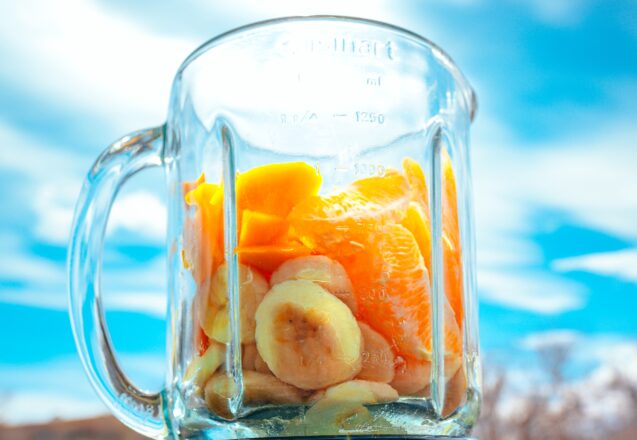
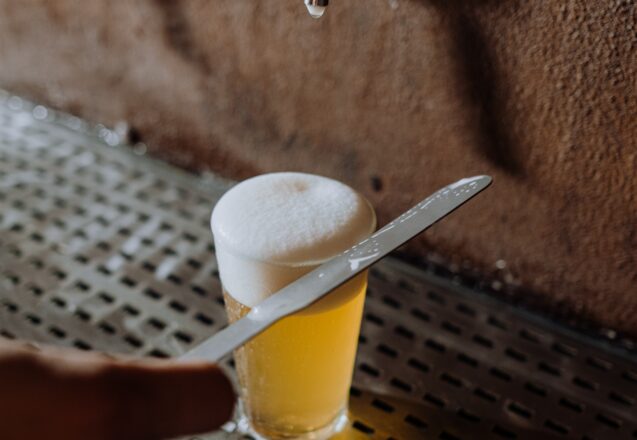
 At Upfit Training Academy in New York, NY, a lot of clients enjoy a glass or two of alcohol after work, and some even stop for a drink after a workout. However, if your goal is weight loss, everything that you eat or drink plays a role in whether you achieve your goals or not. Unfortunately, alcohol does have many negative effects, besides the diminished performance both mentally and physically, potential for addiction, increased risk of diabetes and liver disease. Those reasons alone should make you want to skip that drink. If you’re trying to lose weight There are other reasons you might want to stick with water when you gather with friends.
At Upfit Training Academy in New York, NY, a lot of clients enjoy a glass or two of alcohol after work, and some even stop for a drink after a workout. However, if your goal is weight loss, everything that you eat or drink plays a role in whether you achieve your goals or not. Unfortunately, alcohol does have many negative effects, besides the diminished performance both mentally and physically, potential for addiction, increased risk of diabetes and liver disease. Those reasons alone should make you want to skip that drink. If you’re trying to lose weight There are other reasons you might want to stick with water when you gather with friends.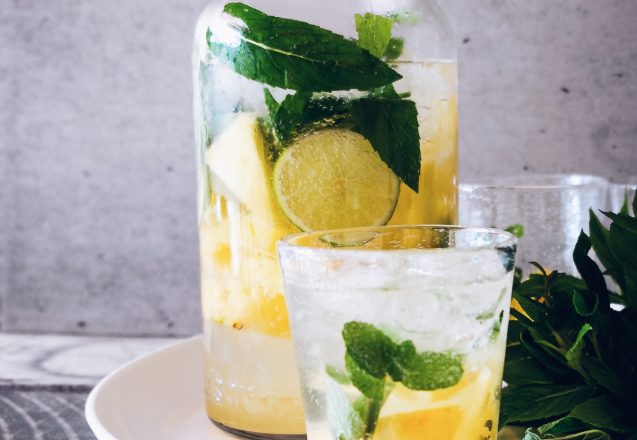
 You probably don’t feel much like drinking cold water when the weather is below zero, but it’s just as important as when it was 90 degrees and toasty. That makes it harder to stay hydrated during winter, since you feel less like drinking water. We focus on hydration all times of the year at Upfit Academy in New York, NY, because it’s so important for your body.
You probably don’t feel much like drinking cold water when the weather is below zero, but it’s just as important as when it was 90 degrees and toasty. That makes it harder to stay hydrated during winter, since you feel less like drinking water. We focus on hydration all times of the year at Upfit Academy in New York, NY, because it’s so important for your body.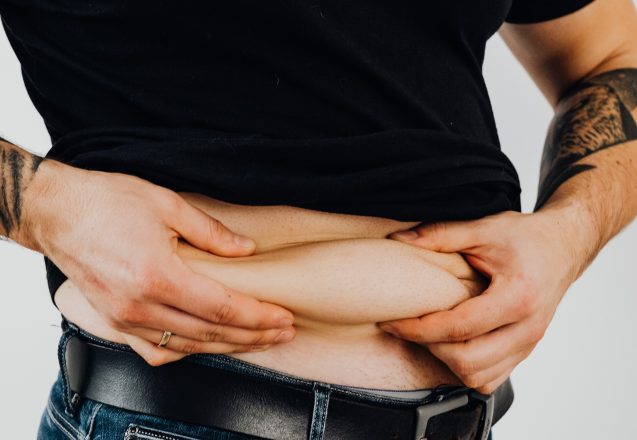
 When you exercise, you burn calories and that can cause you to lose weight, but does it cause you to lose fat? Not necessarily. Some aerobic exercises, such as running long distances, burn tons of calories, but those calories come from burning both fat and lean muscle tissue. If shedding fat is your goal, that simply won’t help. What does help burn fat? Strength building exercise helps burn fat. When you do strength training, you’re burning a lot of calories, but you’re also building muscle. That means the calories are coming from fat.
When you exercise, you burn calories and that can cause you to lose weight, but does it cause you to lose fat? Not necessarily. Some aerobic exercises, such as running long distances, burn tons of calories, but those calories come from burning both fat and lean muscle tissue. If shedding fat is your goal, that simply won’t help. What does help burn fat? Strength building exercise helps burn fat. When you do strength training, you’re burning a lot of calories, but you’re also building muscle. That means the calories are coming from fat.

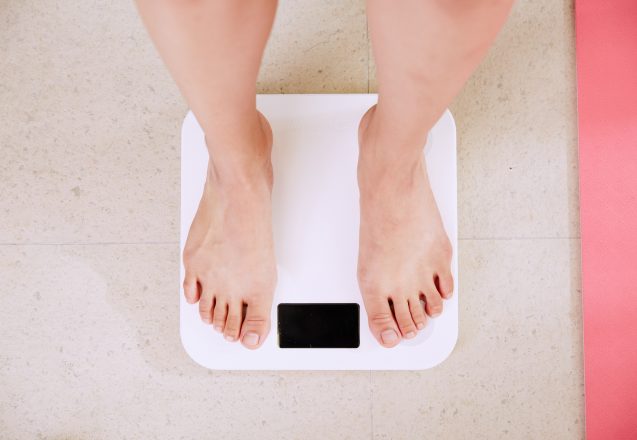
 Everyone has faced it at one time or another, a weight plateau. You may be doing almost everything right but still can’t lose more weight. You notice the word almost was used. That’s because there are things you can do to beat a weight loss plateau that can make a big difference. What is plateauing and why does it occur? Sometimes, plateauing occurs for a week or two, but it doesn’t mean you aren’t losing fat, it just means you aren’t losing weight. There’s a big difference. Muscle tissue weighs more per cubic inch than fat tissue does, it’s also more compact. That means a pound of muscle tissue would require a much smaller container than a pound of fat. While you might not be losing weight, you probably are replacing fat tissue with muscle tissue, so you look thinner.
Everyone has faced it at one time or another, a weight plateau. You may be doing almost everything right but still can’t lose more weight. You notice the word almost was used. That’s because there are things you can do to beat a weight loss plateau that can make a big difference. What is plateauing and why does it occur? Sometimes, plateauing occurs for a week or two, but it doesn’t mean you aren’t losing fat, it just means you aren’t losing weight. There’s a big difference. Muscle tissue weighs more per cubic inch than fat tissue does, it’s also more compact. That means a pound of muscle tissue would require a much smaller container than a pound of fat. While you might not be losing weight, you probably are replacing fat tissue with muscle tissue, so you look thinner.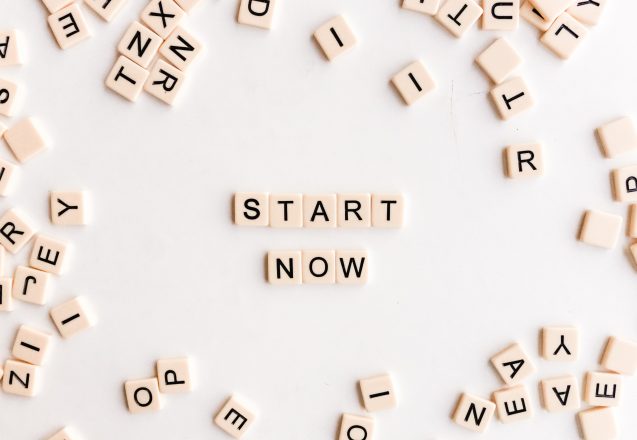
 Every year people make New Year’s resolutions and by the end of the second week of January, most of them are broken. One of the problems is that they’re just resolutions, without a path to reach them. You can start your resolution today, but don’t forget to turn it into a goal that is specific, measurable, attainable, relevant and time-based. It’s the only way you’ll make your resolutions come true.
Every year people make New Year’s resolutions and by the end of the second week of January, most of them are broken. One of the problems is that they’re just resolutions, without a path to reach them. You can start your resolution today, but don’t forget to turn it into a goal that is specific, measurable, attainable, relevant and time-based. It’s the only way you’ll make your resolutions come true.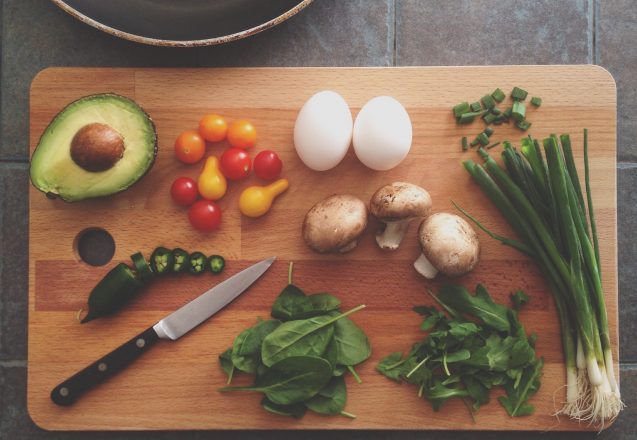
 At Upfit Training Academy in New York, NY, we focus on programs that help you become your healthiest and fittest. What you eat, exercise, how much you sleep and a broad range of other factors affect your health, but some are more important than others are. Diet is probably at the top of the list for good health. There are many philosophies on what type of diet is the best. Each choice should be individual, based on personal needs and preferences. A plant-based diet is one of those options. Is it the right choice for you? Investigating the pros and cons is the only way to decide.
At Upfit Training Academy in New York, NY, we focus on programs that help you become your healthiest and fittest. What you eat, exercise, how much you sleep and a broad range of other factors affect your health, but some are more important than others are. Diet is probably at the top of the list for good health. There are many philosophies on what type of diet is the best. Each choice should be individual, based on personal needs and preferences. A plant-based diet is one of those options. Is it the right choice for you? Investigating the pros and cons is the only way to decide.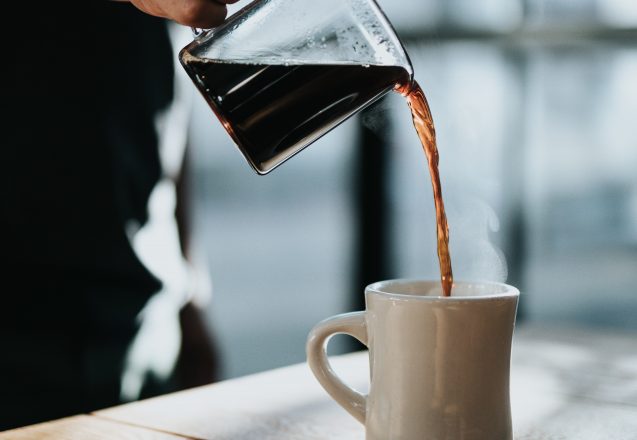
 If you can’t get started in the morning without your favorite cup of joe, then you don’t want to hear that coffee is bad for your health. If you love that coffee, there’s good news on the horizon, plus some bad news, too. Coffee gets mixed reviews when it comes to whether or not its healthy. It has both good and bad plant chemicals and nutrients in it.
If you can’t get started in the morning without your favorite cup of joe, then you don’t want to hear that coffee is bad for your health. If you love that coffee, there’s good news on the horizon, plus some bad news, too. Coffee gets mixed reviews when it comes to whether or not its healthy. It has both good and bad plant chemicals and nutrients in it.